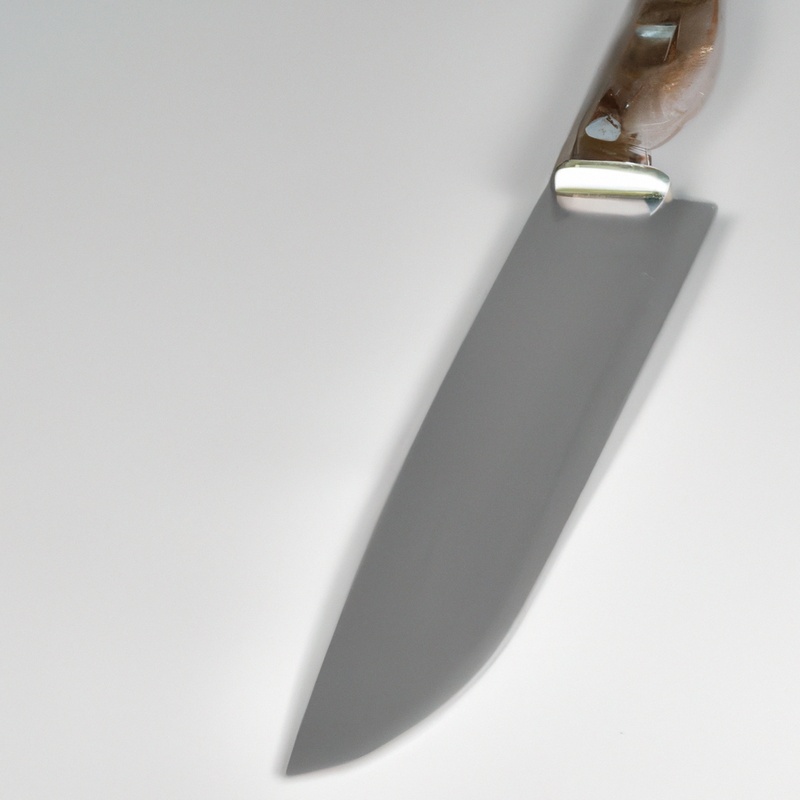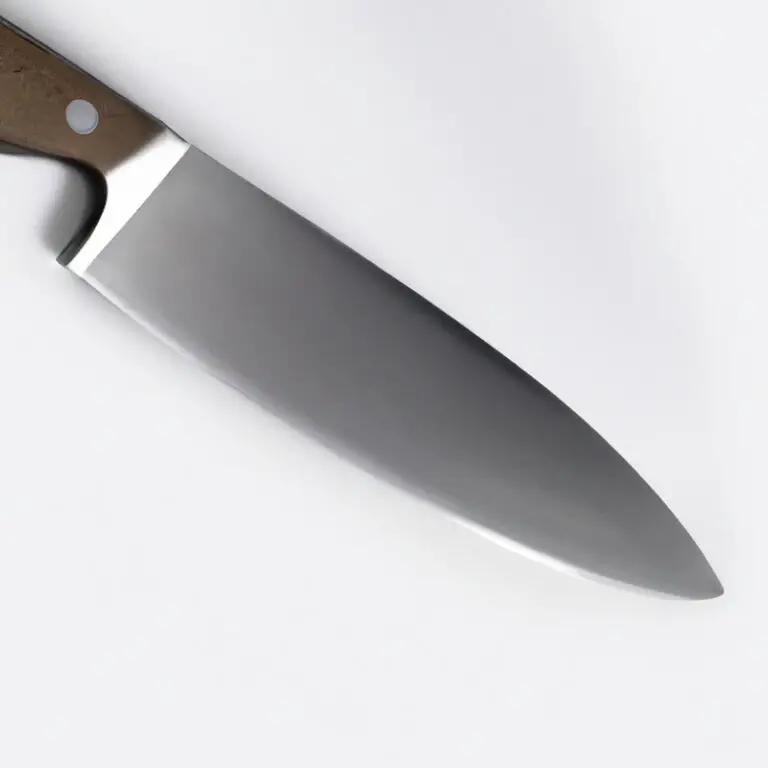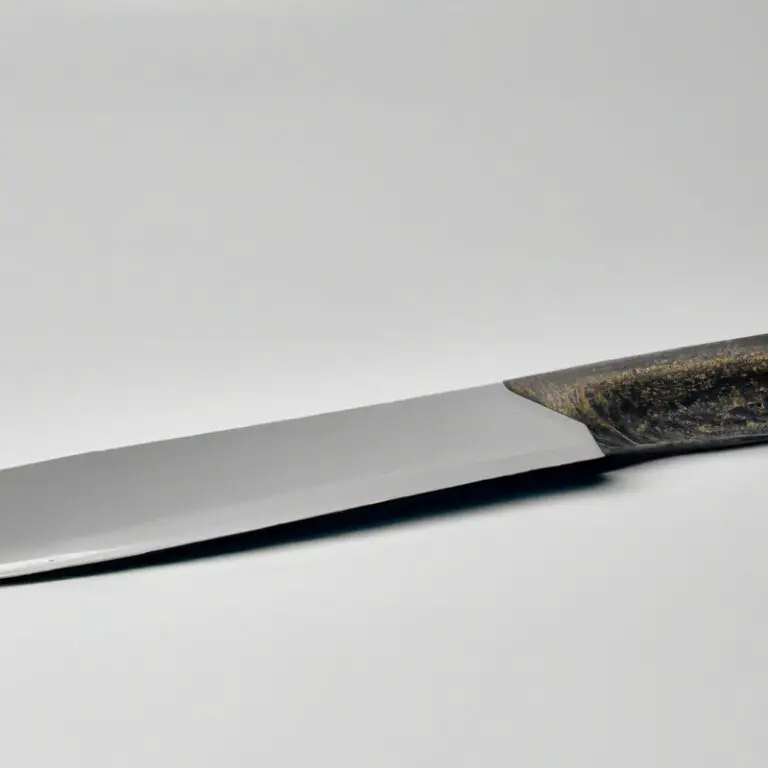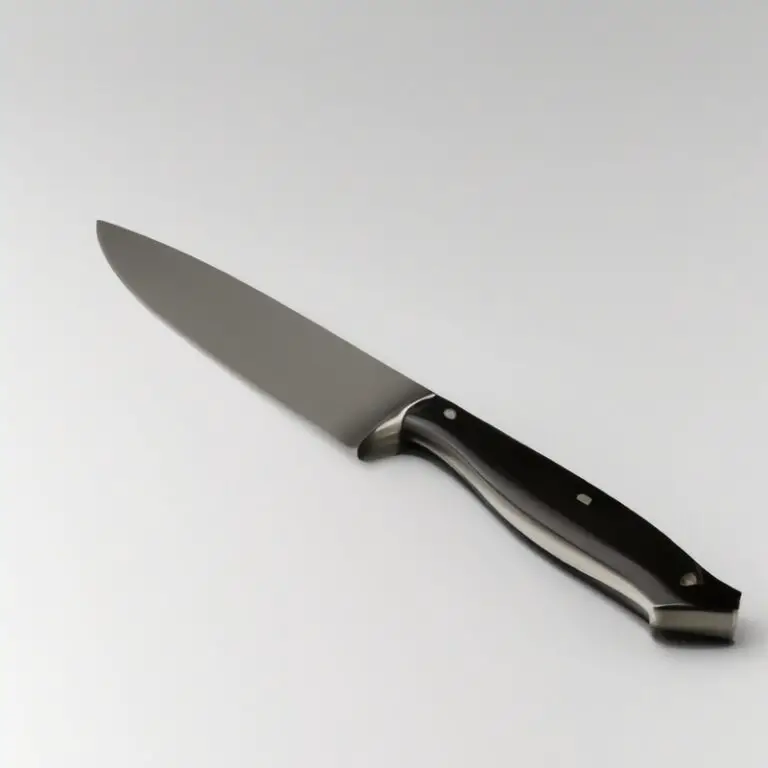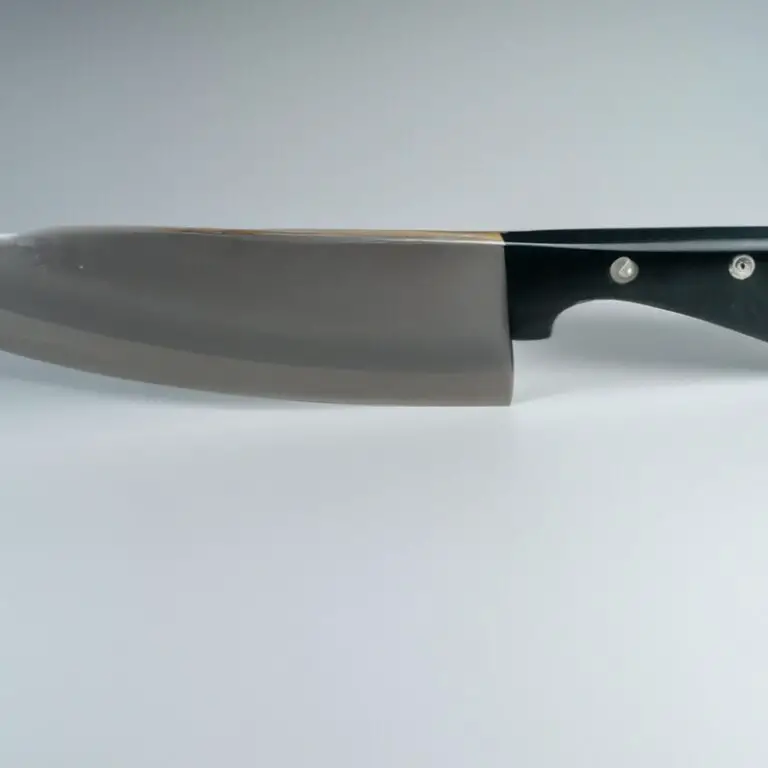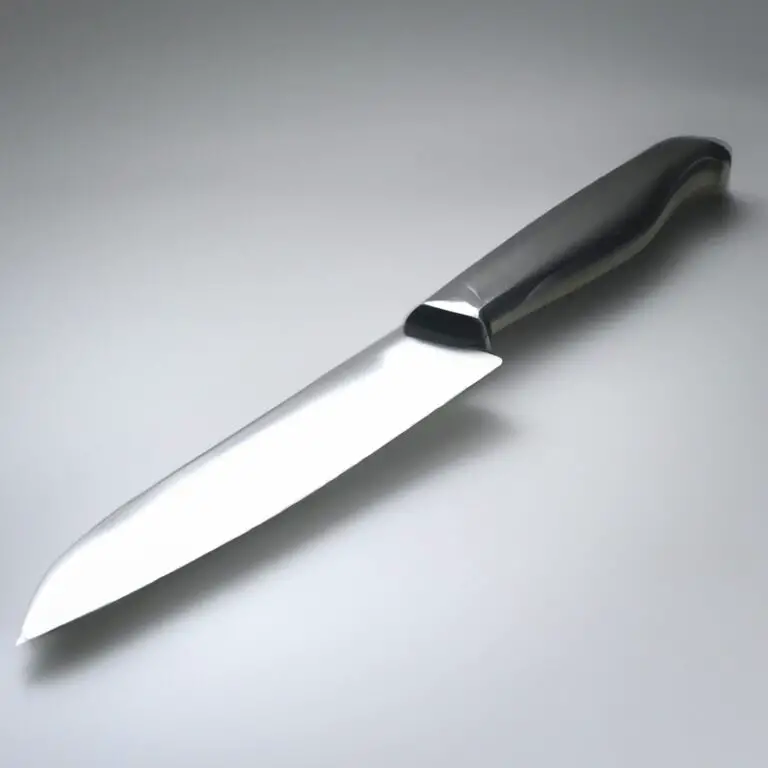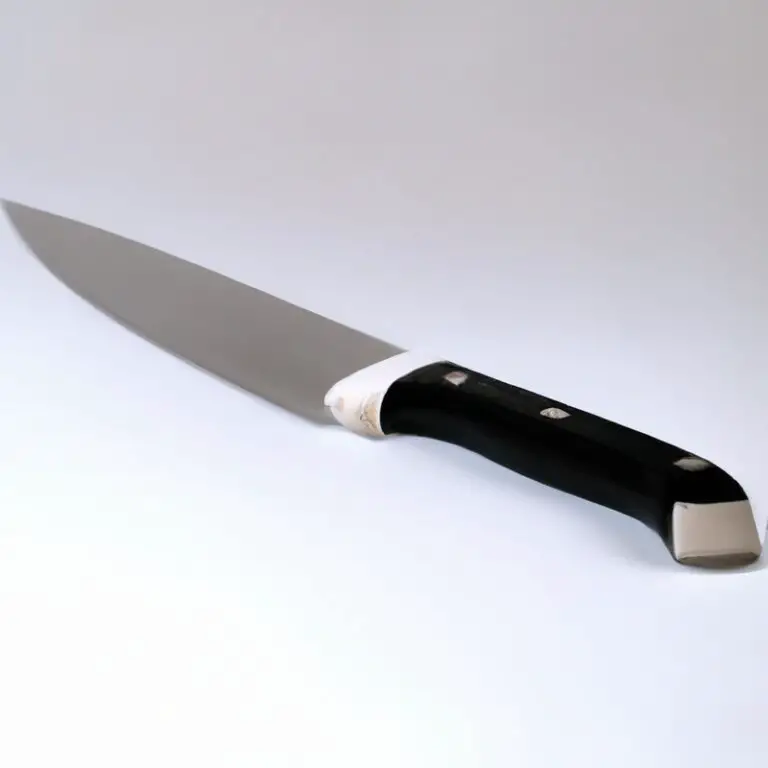How To Choose The Right Spine Width For a Chef Knife? Master It!
Key Takeaways:
- The spine width of a chef knife affects its balance, weight, and performance.
- Consider the intended use of the knife and your cutting style when choosing the spine width.
- Thicker spines provide more weight and durability for heavy-duty chopping, while thinner spines offer greater precision for delicate tasks.
- Consult with a professional or handle the knife before purchasing to ensure the spine width feels comfortable and balanced in your hand.
Are you tired of struggling with your chef knife’s spine on heavy-duty chopping tasks? The spine width of a knife is a crucial factor that can impact its performance.
As a chef, choosing the right spine width can make a huge difference in your cutting experience.
In this article, I’m going to guide you through the necessary factors to consider when selecting the ideal spine width for your chef knife. From precision slicing to heavy-duty chopping, every cutting style requires a unique spine width.
So, let’s dive in and explore the world of spine-width customization for your chef knives.
| Knife Length | Spine Thickness |
|---|---|
| Less than 8 inches | 2.0 to 2.5 mm |
| 8 to 10 inches | 2.5 to 3.0 mm |
| 10 to 12 inches | 3.0 to 3.5 mm |
| Greater than 12 inches | 3.5 to 4.0 mm |
Understanding the importance of spine width in chef knives
The spine width in chef knives plays a crucial role in determining the knife’s overall performance and functionality. In simple terms, the spine is the top portion of the blade that runs from the tip to the handle.
A narrow spine width offers more precise control, making it ideal for slicing and dicing tasks that require finesse.
In contrast, a thicker spine width can handle heavy-duty chopping tasks more efficiently. The spine width also affects the weight and balance distribution of the knife.
A heavy spine weight results in a forward-heavy knife that can make precision work challenging.
On the other hand, a lighter spine weight creates a more balanced knife that makes it easier to control. Ultimately, the spine width you choose should fit your cutting style and grip.
Heavy-handed choppers need thicker spine widths to handle tougher ingredients, while those looking for precise control need a narrower spine width to accommodate their cutting style.
In summary, understanding the importance of spine width in chef knives is essential when selecting the right knife for your needs. Factors such as cutting style, grip, and the type of ingredients you typically handle should be considered when making your selection.
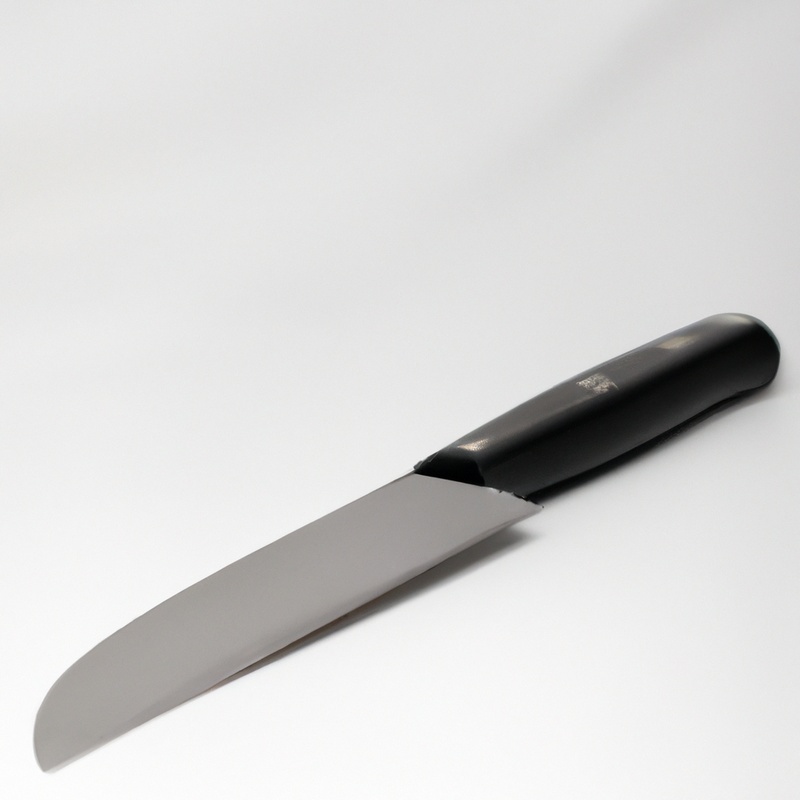
Factors to consider when choosing the right spine width for your chef knife
When selecting the spine width for your chef’s knife, there are several factors to consider. One important aspect is your preferred grip and cutting style.
A thinner spine width is ideal for pinch grips and precision cutting tasks, while a thicker spine is better for heavy-duty chopping.
The weight distribution and balance of the knife can also be affected by the spine width. Additionally, the type of ingredients you will be working with should be taken into account.
Lastly, customizing the spine width to suit your specific needs and preferences is also an option.
By considering these factors, you can choose the right spine width that best fits your culinary requirements.
The ideal spine width for heavy-duty chopping tasks
The ideal spine width for heavy-duty chopping tasks is between 2.5mm to 3.5mm. A thick spine provides the necessary weight and stability required for heavy-duty chopping tasks like breaking down large cuts of meat or dense vegetables.
However, a spine that is too thick can make the knife feel unbalanced and cumbersome.
It is essential to strike a balance between blade thickness and spine width to ensure optimal performance. A wider spine also provides a comfortable grip and protects your fingers during heavy chopping tasks.
When choosing a chef knife for heavy-duty tasks, always go for a wider spine for enhanced stability, durability, and precision.
Spine width considerations for precision slicing and dicing
Spine width is a crucial factor to consider for precision slicing and dicing. A thin spine allows for better control and precision, which is particularly important when working with delicate ingredients like fish or fruits.
However, a thinner spine may not provide the necessary weight and balance for heavier cutting tasks.
It is recommended to choose a knife with a spine width that suits the majority of your cutting needs. A spine width of 2-3mm is suitable for most precision slicing and dicing tasks.
However, if you frequently work with heavier ingredients, you may want to consider a slightly wider spine for better balance and control.
Ultimately, the spine width you choose will depend on your personal preference and cutting style. It’s best to try out a few different knives to find the perfect fit for your needs.
How to choose the right spine width based on your grip and cutting style
When choosing the right spine width for your chef knife, it’s important to consider your grip and cutting style. If you have a larger grip or prefer to chop with more force, a wider spine width may provide more stability and control.
However, if you have a smaller grip or prefer a lighter touch with precision slicing and dicing, a thinner spine width may be more suitable.
It’s also worth considering how the blade feels in your hand and adjusting the spine width accordingly. Ultimately, the right spine width is a matter of personal preference and comfort, and the best way to determine it is to try different options and choose the one that feels most natural for your grip and cutting style.
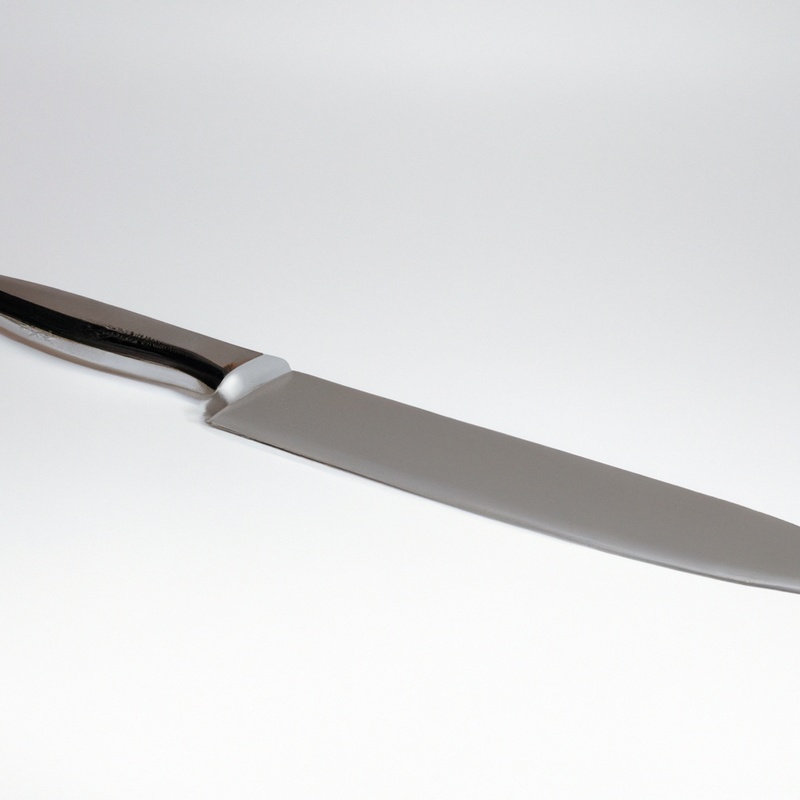
The impact of spine width on balance and weight distribution of a chef knife
Spine width plays a crucial role in the balance and weight distribution of a chef knife. A thicker spine typically means the blade will be heavier towards the handle, providing more chopping power for heavy-duty tasks.
A thinner spine, on the other hand, can lead to a more balanced knife that’s ideal for precision work and delicate slicing.
Ultimately, the ideal spine width will depend on your personal preferences and cutting style. However, it’s essential to consider the impact of spine width on the overall balance and weight of the knife before making a final decision.
Customizing spine width to fit your specific needs and preferences
Customizing spine width is crucial to ensure your chef knife meets your specific needs and preferences. Some chefs prefer a thicker spine for added weight and balance, while others prefer a thinner spine for maneuverability and precision.
It’s essential to consider your grip and cutting style when selecting the spine width.
By customizing the spine width, you can achieve a comfortable and secure grip, reducing the risk of accidents and injuries. Additionally, adjusting spine width can impact the knife’s weight distribution and balance, further enhancing your cutting control and performance.
Overall, customizing spine width allows you to create a chef knife that feels like an extension of your hand, making your cooking tasks more pleasurable and efficient.
Blade thickness vs. spine width – which one matters more?
Blade thickness and spine width are both essential factors to consider when choosing a chef knife. Blade thickness affects the weight and sturdiness of the blade, while spine width influences the comfort and balance of the knife.
When it comes to heavy-duty chopping tasks, a thicker blade is desirable as it provides more weight and strength.
However, for precision slicing and dicing, a thinner blade is preferred as it allows for more control and maneuverability. While spine width does impact the overall weight and balance of the knife, it is not as crucial as blade thickness.
Ultimately, the choice between blade thickness and spine width depends on the type of tasks the knife will be used for and the individual’s personal preferences.
Choosing the right spine width for different types of ingredients
When it comes to choosing the right spine width for a chef knife, it’s crucial to consider the type of ingredients you’ll be working with. For heavy-duty chopping tasks, such as cutting through dense or tough ingredients like squash or meat, a thicker spine width of at least 3mm is recommended to provide additional weight and guidance.
On the other hand, for precision slicing and dicing of delicate ingredients like fruits, vegetables, and herbs, a thinner spine width of around 2mm is preferred.
This allows for greater control and finesse, reducing the risk of damaging or crushing the ingredients. Your grip and cutting style should also be taken into account when choosing the right spine width.
For those with a pinch grip (holding the knife between the index finger and thumb), a thinner spine width may be more comfortable and manageable.
However, those who use a full-hand grip may benefit from a slightly thicker spine width for added stability. It’s also important to note that spine width can affect the balance and weight distribution of a chef knife.
A thicker spine width towards the back of the blade can create a heavier handle, resulting in a more blade-heavy knife.
This can be ideal for heavy-duty chopping tasks, but may not be as comfortable for precision cutting. Ultimately, choosing the right spine width for your chef knife will depend on your specific needs and preferences.
It’s always a good idea to try out different spine widths and handle styles to find what works best for you.
Adjusting spine width to compensate for blade flex and rigidity
Adjusting the spine width of a chef knife is one way to compensate for blade flex and rigidity. A thicker spine can provide more stability and reduce blade flex, making it ideal for heavy-duty tasks like chopping through harder ingredients.
On the other hand, a thinner spine allows for more flexibility and is better suited for precision slicing and dicing.
It’s important to note that adjusting the spine width can have an impact on the weight and balance of the knife, so it’s essential to consider your grip and cutting style before making any changes. Customizing the spine width to fit your specific needs and preferences can improve your overall cutting experience and make your knife more efficient in the kitchen.
When choosing the right spine width, it’s also crucial to consider the type of ingredient you’ll be working with.
Thicker spines may work best for cutting through tough, fibrous vegetables like carrots and celery, while thinner spines can provide more control when slicing softer ingredients like tomatoes or fish. Ultimately, adjusting the spine width of a chef knife is just one factor to consider when choosing the perfect knife for your needs.
Take the time to research and test different options to find the one that fits your grip, cutting style, and ingredient preferences best.
Final Verdict
Choosing the right spine width for your chef knife is crucial to achieving the optimal performance and comfort for your cutting tasks. By understanding the factors that influence spine width, such as cutting style, grip, and ingredients, you can make an informed decision that suits your needs and preferences.
Balancing blade thickness with spine width is also a critical consideration to ensure proper weight distribution and balance.
Whether you prefer heavy duty chopping or precision slicing, be sure to choose a spine width that matches your cutting needs. And if you can’t find a chef knife with the spine width that suits you, consider customizing your blade.
By taking the time to select the spine width that fits your needs, you’ll find that your chef knife becomes an extension of your hand, allowing you to work more efficiently and comfortably in the kitchen.
Remember, the right spine width can make all the difference in achieving the perfect cut. So, next time you’re in the market for a chef knife, take into consideration the spine width, and you’ll be on your way to a more enjoyable and efficient cooking experience.

